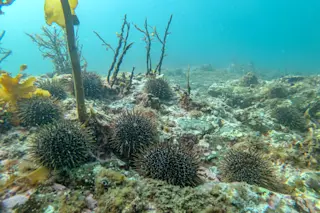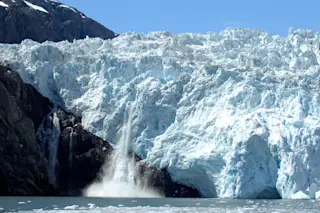About five-sixths of known animal life is made up of insects. They flourish almost everywhere, from the Antarctic to the Arctic, in caves, lakes, deserts, and rain forests, in hot springs, and even in pools of petroleum. But oddly enough, not in the ocean. Why not? Jeroen van der Hage, a physicist at Utrecht University in the Netherlands, thinks he may have found an answer. There are few marine insects, he says, because there are almost no flowering plants in the sea. And because the two have evolved together, the absence of flowers made life in the sea impossible for insects. It’s not as if insects are completely averse to life in water. Some 3 to 5 percent of all insect species live in lakes and rivers--and some have even adapted to the salinity of salt marshes. Yet almost none live beneath the surface of the open sea. A rare ...
Where Insects Fear to Tread
The absence of marine insects is linked to the lack of flowering plants in the ocean, limiting insect evolution in water.
More on Discover
Stay Curious
SubscribeTo The Magazine
Save up to 40% off the cover price when you subscribe to Discover magazine.
Subscribe












